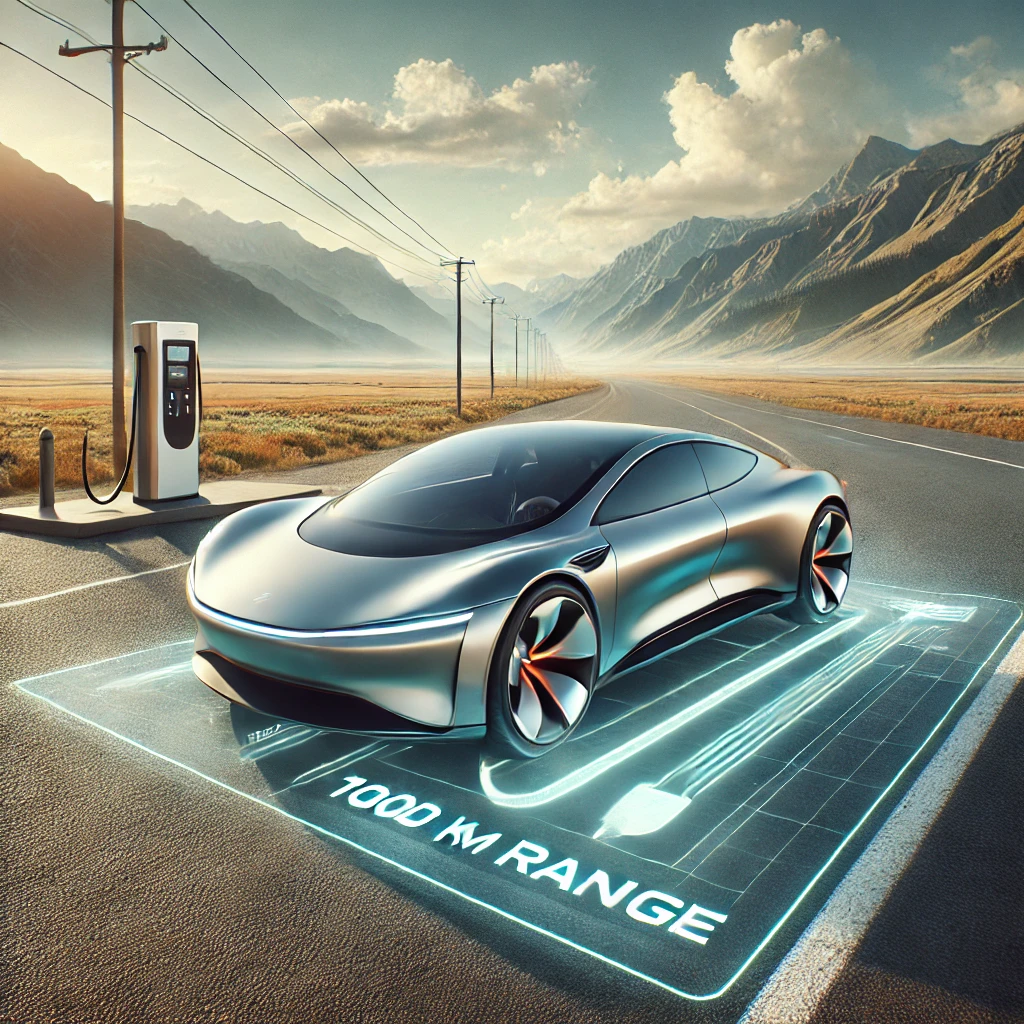Next Gen Electric Vehicles: 1000 Kilometer Range with Advanced Battery Technology
The electric vehicle (EV) industry has experienced remarkable advancements over the past decade, with one of the key areas of innovation being the extension of vehicle range. A significant development is on the horizon: EVs capable of traveling 1000 kilometers on a single charge. This new generation of electric vehicles represents a leap forward, made possible by advanced battery technology. Achieving a 1000-kilometer range will not only reshape the landscape of personal transportation but also enhance the viability of EVs in long-distance travel. This article explores the technological advancements, challenges, and future implications of EVs with a 1000-kilometer range.
The Role of Advanced Battery Technology
Lithium-Ion Evolution and Beyond
The journey toward achieving a 1000-kilometer range largely centers around the evolution of battery technology. Traditional lithium-ion batteries have been the backbone of most electric vehicles to date. However, to meet the demands of extended range, battery researchers and manufacturers are now pushing beyond lithium-ion, exploring next-generation alternatives like solid-state batteries, lithium-sulfur, and lithium-metal.
- Solid-State Batteries: A promising solution, solid-state batteries replace the liquid electrolyte found in conventional lithium-ion batteries with a solid material. This change offers higher energy density, which means more energy can be stored in a smaller space, contributing directly to a longer driving range.
- Lithium-Sulfur and Lithium-Metal Batteries: Lithium-sulfur and lithium-metal batteries are also under research, as they offer superior energy densities. These batteries have the potential to double, or even triple, the range of EVs compared to traditional lithium-ion options, making them ideal candidates for achieving a 1000-kilometer range.
Efficiency Enhancements in Battery Management
Alongside new battery materials, advances in battery management systems (BMS) are critical to optimizing energy usage and ensuring safety. A modern BMS can effectively monitor temperature, voltage, and charging cycles, prolonging battery life and maintaining efficiency. With the ability to regulate energy distribution precisely, these systems contribute to making the most out of every charge, thus supporting longer-range capabilities.
Engineering Design and Aerodynamics
Lightweight Materials
While battery improvements are essential, the design and construction of the vehicle itself play an equally crucial role in achieving a 1000-kilometer range. By incorporating lightweight yet durable materials like carbon fiber and aluminum, manufacturers can reduce the vehicle’s weight without compromising safety. The lighter the car, the less energy it requires to move, extending its range.
Improved Aerodynamics
Aerodynamic efficiency is another key factor. Engineers focus on reducing drag, which is the resistance a vehicle faces as it moves through the air. Through sleek designs and careful attention to details like side mirrors, wheel covers, and underbody structure, manufacturers aim to create vehicles that glide through the air more efficiently, consuming less energy and extending the range.
Charging Infrastructure: The Road Ahead
A 1000-kilometer range will also bring changes to the EV charging infrastructure. While longer ranges mean fewer charging stops, fast and ultra-fast charging networks will become essential to minimize downtime during long journeys. Companies and governments worldwide are investing in building ultra-fast charging stations that can recharge these high-capacity batteries within minutes, ensuring EVs with extended ranges remain convenient for all types of travel.
Role of Fast and Ultra-Fast Chargers
Newer ultra-fast chargers, capable of delivering power at rates of up to 350 kW or more, can recharge high-capacity EV batteries to 80% in less than 30 minutes. These chargers will be strategically placed along highways, popular routes, and urban areas to facilitate long-distance travel, making EVs more accessible and viable for extensive driving.
Environmental and Economic Implications
Reduced Carbon Footprint
With the introduction of EVs capable of traveling 1000 kilometers on a single charge, the need for internal combustion engine (ICE) vehicles could drastically decline, especially for long-distance travel. This shift has significant implications for reducing greenhouse gas emissions, as electric vehicles produce zero tailpipe emissions.
Cost Considerations
While the initial cost of these advanced EVs may be high, economies of scale and advancements in battery manufacturing are expected to bring prices down over time. As production ramps up and technology matures, consumers can expect more affordable options, making high-range EVs accessible to a larger market.
Challenges and Future Outlook
Cost and Scalability of Advanced Batteries
Developing new batteries like solid-state and lithium-sulfur at a scale that meets consumer demand and affordability is a substantial challenge. These technologies are currently expensive to produce, and scalability will be crucial for their widespread adoption.
Battery Recycling and Sustainability
With larger batteries comes the challenge of recycling and managing used batteries. Manufacturers and policymakers are investing in sustainable recycling technologies to ensure that as EV adoption grows, the environmental impact of battery waste remains minimal.
Autonomous Driving and Integration
Looking ahead, integrating a 1000-kilometer range with autonomous driving technology could further revolutionize personal and commercial transportation. Self-driving EVs capable of covering vast distances without frequent stops open new doors for long-haul transportation, potentially reshaping logistics, public transit, and more.
Conclusion
Electric vehicles with a 1000-kilometer range represent a groundbreaking shift in the automotive industry. Through advancements in battery technology, material science, and charging infrastructure, these vehicles will soon redefine long-distance travel, offering an eco-friendly, efficient alternative to traditional combustion engines. As these technologies mature, the future of transportation may be one where range anxiety is a thing of the past, and electric mobility becomes a truly global standard. The journey toward this milestone is filled with both challenges and opportunities, but the destination—a sustainable, electrified future—appears within reach.
Next Gen Electric Vehicles: 1000 Kilometer Range with Advanced Battery Technology
Recommended Post
